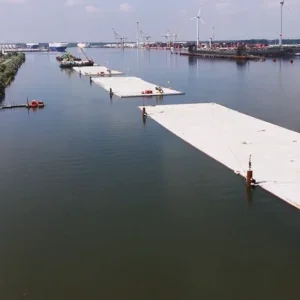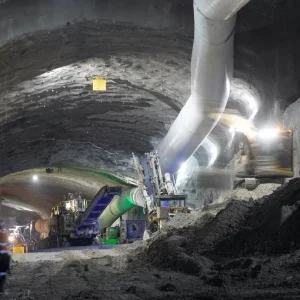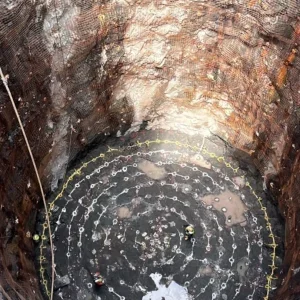Geological challenges have been outlined for tunnel construction of the Metro North tram link in Dublin, in a report by the independent engineering expert panel as part of the public consultation process.
Challenges outlined include stretches of weak ground as well as the proposal for relatively shallow stations and, therefore, tunnels. The tunnel design though might be changed by the concessionaire of the public-private partnership (PPP) scheme, which is currently out to tender.
Metro North will be 18km long and run north-south in the city. The route will run from Lessenhall in the north of the city on to the airport, and also south to the heart of Dublin, to link with existing lines at St Stephen’s Green.
Approximately two-thirds of the link will be in tunnel, mostly bored with some cut and cover. The link will have twin tunnels of 6.75m excavated diameter, a crossover cavern and cross passages at nominal spacing of up to 250m.
Four prequalified joint ventures have been issued with tender documents: Cathro; Celtic Metro Group; Dublin Express Link; and, MetroExpress (T&TI, May, p12). The winning bidder will have a 30-year concession to design, finance, build and operate the link.
Early last month, the draft expert report was issued. Among the five authors are David Donaldson of Donaldson Associates to focus on tunnelling, and Dr Michael DeFreitas of First Steps Ltd, the lead expert who also focused on hydrogeology and ground response to excavation.
The running tunnels will mostly be in the city centre but also at the airport. Spaced approx 7m apart, the bored tubes will be excavated by TBM with 15m cover.
Geology along the alignment consists mostly of limestone bedrock overlain by glacial till gravel, sands, silts and clays.
On two sections, however – near the launch site at Hampstead Park and a stretch of approximately 1km long near Mater/Parnell Square, where the groundwater level of 12m below the surface – the strata will be mixed or entirely sands and gravels. Extra site investigation is needed near the TBM launch site, and it is expected that consolidation grouting will be needed at the site.
The construction challenge in the sections of weaker ground is made more complicated by the architectural concept of shallow stations. Further site investigation will help fix the limestone bedrock profile. The report notes that the contractor’s design may alter the vertical alignment but that EPBMs or slurry shields will be needed.
The crossover tunnel will be located below the sports ground next to Ferguson Road, about 35m below the surface with approximately 20m of cover. To be built in similar geology to the tubes, the excavation method could be mechanised or drill and blast. The report notes the precedent of blasting in the city’s limestone and boulder clay in the mid-1970s for the 5km long, 4m wide, Grand Canal Drainage Tunnel.







